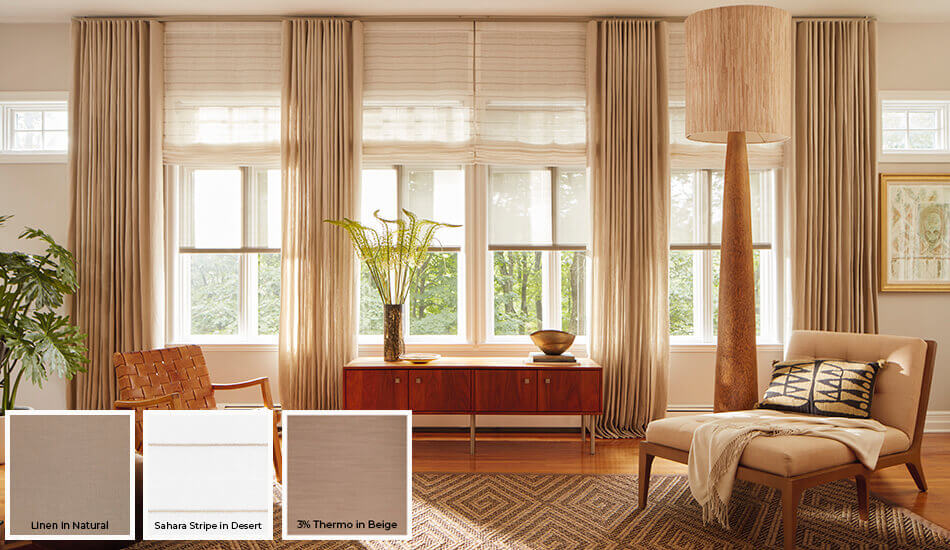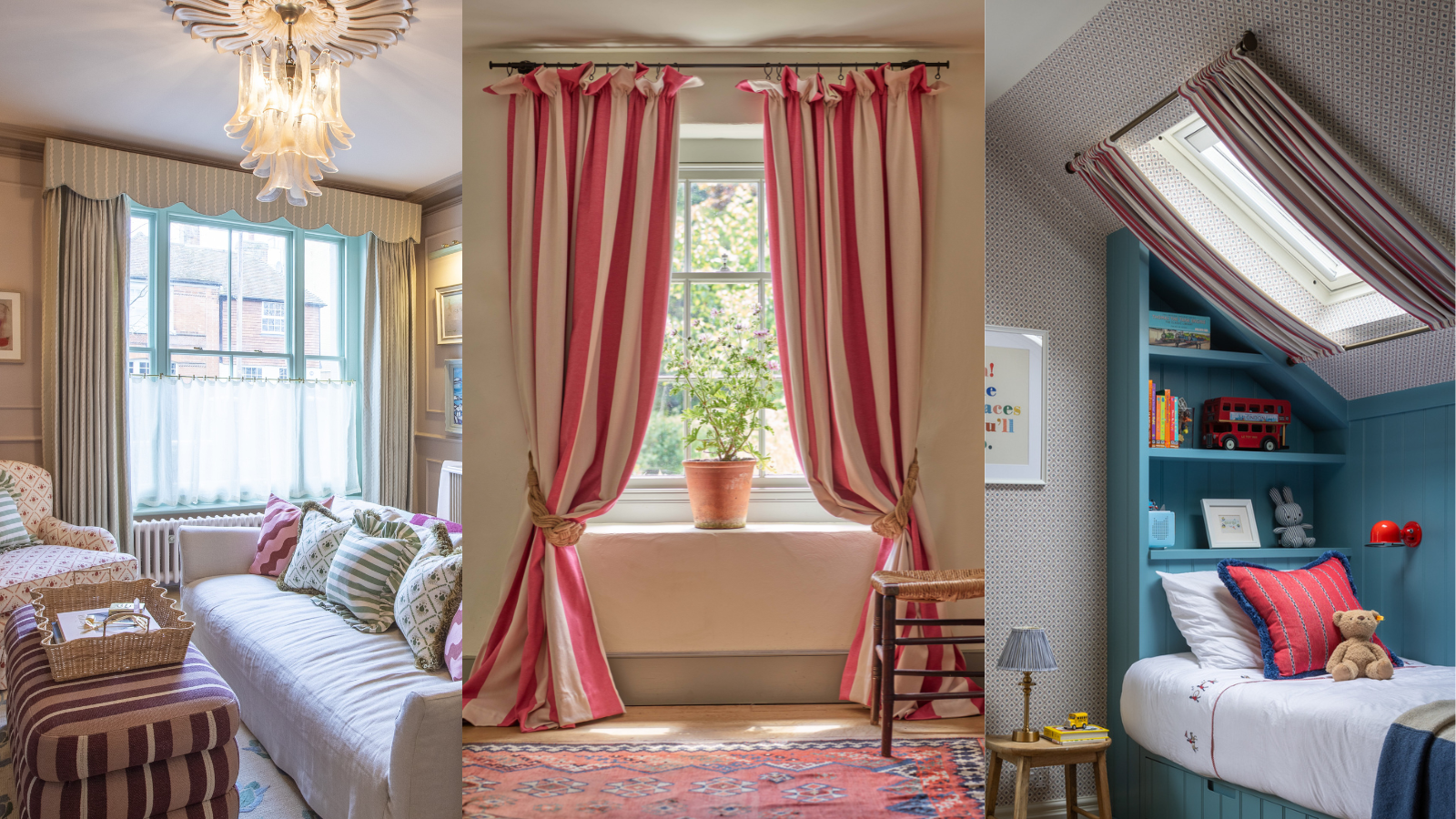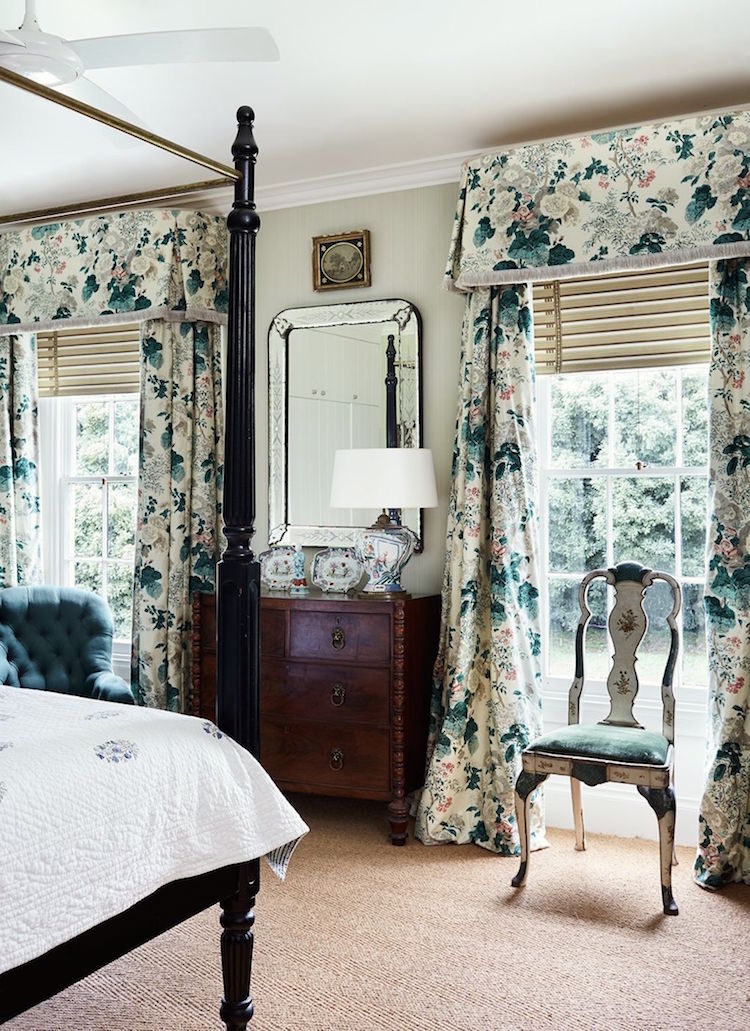The Ultimate Overview to Blinds: Kinds, Benefits, and Choosing the Right Suitable For You
The globe of window treatments is large and varied. Blinds can be found in various designs, each offering distinct advantages for different settings. Comprehending these options is important for making informed choices. Additionally, elements like product choice and room functionality play a significant role. As one thinks about the ideal equilibrium in between looks and functionality, the subtleties of determining and preserving blinds also arise as crucial elements. What should one prioritize when picking the perfect home window remedy?
Sorts of Blinds: A Thorough Summary
Blinds serve as both visual and useful components in interior decoration, supplying numerous choices to fit varied choices and requirements. Amongst the most popular types are Venetian blinds, identified by straight slats that can be changed for light control and personal privacy. Roller blinds, recognized for their simplicity and versatility, been available in a series of patterns and materials, making them suitable for standard and modern-day settings. Vertical blinds, typically used for larger windows or moving doors, permit easy change and are frequently made from material or vinyl.
Roman blinds, with their sophisticated folds up, include a touch of sophistication to any type of space, while cellular tones give insulation and energy efficiency. In addition, bamboo blinds provide an all-natural, environmentally friendly option, infusing spaces with heat. Each type has unique functions and styles, making sure property owners can locate the ideal suitable for their specific design and useful requirements.
Benefits of Installing Blinds in Your Home
The installation of blinds in a home uses a number of substantial advantages. They offer enhanced privacy control, allowing property owners to control visibility from the exterior. Furthermore, blinds add to energy performance by aiding to handle interior temperatures, minimizing the reliance on home heating and cooling systems.
Enhanced Personal Privacy Control
Setting up blinds supplies a substantial benefit in personal privacy control when homeowners look for to enhance their living spaces. Blinds give a versatile remedy for regulating exposure from both the exterior and interior of the home. By changing the slats or increasing the blinds, people can easily handle the amount of light entering while at the same time obstructing the view from outside. This versatility allows homeowners to produce a comfy environment without compromising all-natural light. Furthermore, numerous designs and materials are readily available, guaranteeing that home owners can choose options that flawlessly mix with their decor while boosting privacy. Eventually, the setup of blinds acts as a reliable methods to protect personal room, encouraging relaxation and satisfaction within the home atmosphere.
Power Performance Improvement
Setting up blinds not just improves privacy however also substantially adds to power efficiency in the home. By managing natural light and minimizing warm transfer, blinds can aid preserve a constant indoor temperature. Throughout warmer months, closing blinds can shut out too much sunlight, therefore decreasing the reliance on air conditioning. On the other hand, in cooler months, they can supply insulation by capturing heat, decreasing heating expenses. Additionally, energy-efficient blinds, such as cellular tones, are developed particularly to reduce energy loss. By purchasing high quality blinds, home owners can create an extra comfortable living atmosphere while also reducing energy bills. Inevitably, the installment of blinds functions as a useful remedy for those looking for to improve both comfort and power efficiency in their homes.
Exactly how to Choose the Right Blinds for Each Space
Just how can one figure out one of the most appropriate blinds for each and every room in a home? The choice process starts with evaluating the area's objective and setting. For example, in living areas, versatile blinds that enable light control while ensuring personal privacy are ideal. In bedrooms, blackout blinds can enhance sleep quality by obstructing out outside light.
Washrooms and cooking areas require moisture-resistant alternatives to hold up against moisture, making vinyl or artificial timber blinds appropriate options. Additionally, the wanted aesthetic plays a vital function; coordinating blinds with the area's decor improves the total atmosphere.
Consider the quantity of all-natural light each space gets; lighter blinds may be more suitable for dark rooms, while darker options can add warmth to sunlit areas. Inevitably, understanding specific needs and preferences for capability and design will lead homeowners in making notified choices customized to every room's one-of-a-kind needs.
Product Options: Wood, Vinyl, Material, and Much more

Wood Blinds Benefits
Wood blinds are a popular selection among homeowners looking for a mix of aesthetic appeals and functionality. One significant advantage of wood blinds is their natural appeal, providing a cozy and inviting appearance that enhances any anchor type of indoor style. They are available in various surfaces and shades, enabling modification to match individual style. In addition, timber blinds offer excellent light control and personal privacy, as their slats can be easily gotten used to filter sunshine while preserving privacy. Their sturdiness is one more advantage; with proper treatment, timber blinds can last for many years without shedding their charm (Phoenix shades installation). They have shielding homes, helping to regulate indoor temperatures and possibly reducing energy expenses. On the whole, wood blinds merge elegance and practicality, making them an excellent selection for many families
Plastic Toughness Includes
Plastic blinds stick out for their phenomenal resilience, making them a useful selection for numerous environments. These blinds are resistant to moisture, making them suitable for areas such as bathroom and kitchens over here where humidity can be a problem. Unlike timber, plastic does not warp, fracture, or fade under sunshine, guaranteeing long-lasting performance and very little maintenance. Furthermore, they are readily available in a variety of colors and designs, enabling house owners to personalize their appearance without giving up durability. Plastic blinds are likewise simple to clean; a basic clean with a damp towel is often sufficient to keep them looking fresh. On the whole, their strength and reduced upkeep make plastic a popular option amongst house owners seeking both performance and aesthetic appeal.

Textile Alternatives Overview
Blinds can be found in a selection of material options that deal with different visual and functional demands. Typical materials include plastic, wood, and fabric, each offering special advantages. Wood blinds give a classic, cozy visual and outstanding insulation yet require upkeep to avoid warping. Plastic blinds are durable and moisture-resistant, making them ideal for high-humidity areas like kitchen areas and restrooms. Textile blinds, offered in countless colors and patterns, provide versatility and soft qualities, improving home decor while offering varying levels of light purification. Additionally, options like faux timber supply the appearance of all-natural wood with included resilience. When choosing blinds, it is essential to assess the details requirements of each room to ensure peak efficiency and style.
Determining and Installing Blinds: Tips for Success
Although measuring and mounting blinds may appear simple, cautious interest to detail is very important for achieving an excellent fit. It is important to gauge the home window framework precisely, noting both the width and elevation. For inside mounts, subtract a percentage from the size to ensure a tidy fit, while outdoors places ought to expand past the structure for much better light control and visual appeals. Using a steel measuring tape is recommended for accuracy.
When installing, collect all essential tools, such as a level, drill, and screws. Complying with the manufacturer's guidelines is crucial to guarantee correct setup. It is recommended to pre-drill holes to stop damaging the braces. Furthermore, having a second person can make the process smoother, especially when raising larger blinds. Lastly, after installation, test the callous validate they run smoothly and readjust as essential for optimum performance.
Maintenance and Treatment for Long-Lasting Blinds
Appropriate upkeep and care can significantly expand the life expectancy of window treatments. Routine cleaning is necessary; utilizing a soft fabric or a microfiber duster can effectively get rid of dust without scratching surface areas. For deeper cleaning, a mild service of soap and water is recommended, used with a soft sponge, ensuring that no moisture permeates into the mechanisms.
For fabric blinds, area cleaning is a good idea, while wooden blinds ought to be treated with a wood-safe cleaner to preserve their surface. Avoid revealing callous excessive moisture, warm, or direct sunlight, which can lead to warping or fading.
Additionally, routine evaluation of cords and systems can avoid damage. It's smart to adhere to manufacturer guidelines for particular materials, as different blinds may have distinct treatment needs. By taking on these basic maintenance practices, home owners can assure their blinds stay useful and cosmetically pleasing for many view website years to come.
Frequently Asked Inquiries
Can Blinds Help In Reducing Energy Costs in My Home?
Blinds can properly minimize power prices in a home by offering insulation, obstructing warmth throughout summertime, and keeping heat in winter months. Their capacity to control light and air flow enhances energy effectiveness throughout the year.
Are There Child-Safe Options for Blinds?
Yes, there are child-safe alternatives for blinds. These consist of cordless layouts, retractable cables, and security gadgets that remove dangling cables, making certain a safe setting for kids while keeping functionality and visual charm in homes.

How Do Blinds Compare to Shades or curtains?
Blinds normally supply a lot more exact light control and space effectiveness than tones or curtains. Phoenix window treatments. They are typically easier to preserve and cleanse, while curtains supply a softer visual, and tones can use varying insulation advantages
Can I Tailor the Design And Color of My Blinds?
Yes, blinds can be personalized in both design and color. Various makers provide a variety of choices, permitting customers to select products, patterns, and tones that suit their individual visual and home decor.
What Is the Typical Life Expectancy of Different Kinds Of Blinds?
The average life-span of blinds varies: timber blinds last 5-10 years, artificial timber 7-10 years, aluminum 5-10 years, and fabric tones around 5 years, depending on use, upkeep, and direct exposure to sunlight.
Restrooms and kitchens need moisture-resistant options to endure humidity, making plastic or fake wood blinds appropriate choices. Wood blinds use natural beauty and warmth, while vinyl supplies resilience and convenience of maintenance. One substantial advantage of wood blinds is their natural elegance, providing a warm and inviting look that improves any kind of interior decor. Furthermore, wood blinds supply superb light control and personal privacy, as their slats can be quickly adjusted to filter sunlight while preserving privacy. For textile blinds, area cleansing is advisable, while wood blinds should be treated with a wood-safe cleaner to keep their coating.